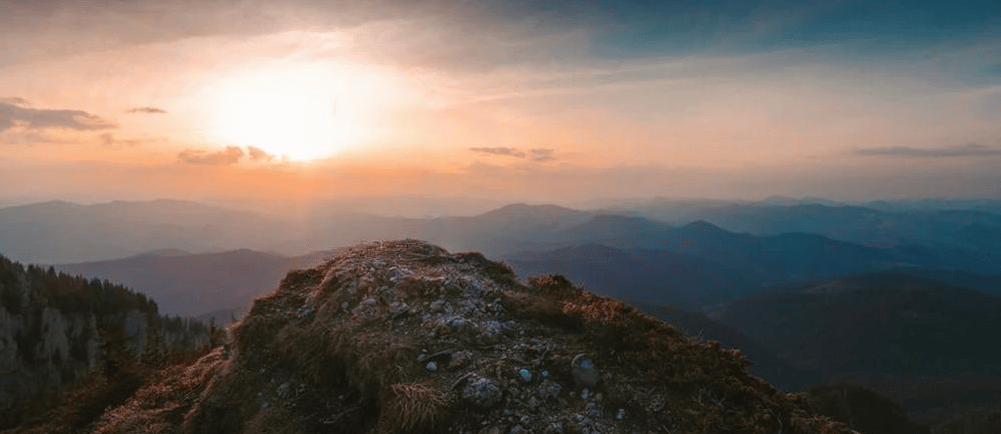The Psychology of Higher Ground
Is living among the mountains a choice for clarity, balance, and connection?
NEWSLETTER
10/13/20252 min read


The Psychology of Higher Ground
The mountains offer a kind of “soft fascination.” The sound of water, the movement of clouds, or the stillness after snowfall provides sensory input that calms rather than overwhelms. It’s not silence, exactly; it’s the right kind of quiet.
Why We Seek the Edge of the World
Geographical psychology, a field that looks at how people choose where they live, suggests that mountain dwellers tend to value freedom, solitude, and authenticity. Historically, mountain regions attracted pioneers and independent thinkers, people drawn to the frontier not for isolation, but for the promise of self-direction.
That trait remains. Many who move up from the valley or the “flatlands” aren’t running away. They’re returning to a rhythm that makes sense to them. The slower pace, the visible change of seasons, and the nearness of forest and stone all provide a kind of grounding that the valley can’t.
Even the short physical distance between the mountains and the valley creates an invisible emotional border. Fifteen minutes down the hill can feel like another world. Up here, people breathe differently. They notice. They adapt. They belong in a different tempo.
The Restorative Power of Place
Modern studies confirm what long-time residents have always known. Mountain living supports emotional and psychological health. Exposure to natural environments reduces anxiety, increases resilience, and improves mood regulation. It’s not magic; it’s balance.
For some, that balance looks like walking a familiar trail before sunrise. For others, it’s the feeling of quiet when the wind moves through the pines. Living among the mountains gives daily access to something sacred, nature’s way of reminding us who we are when we’re not rushing.
Community Among the Pines
Still, mountain living isn’t just about solitude. It’s also about connection. The same geography that provides separation also requires cooperation. Weather, road closures, and power outages remind us that interdependence isn’t weakness; it’s survival.
That’s why mountain communities tend to build strong, often unspoken bonds. Neighbors become extended family. Shared effort turns into shared identity. Over time, that identity becomes the heartbeat of places like Forest Falls, Angelus Oaks, and Mountain Home Village, small but mighty reminders that human nature thrives best when it’s close to real nature.
Closing Reflection
To live in the mountains is to make a choice, a conscious trade between convenience and clarity. It’s a life shaped by the land and softened by gratitude.
Whether you grew up here, came for the quiet, or simply felt called to higher ground, mountain living reminds us of something deeper. Peace isn’t found by escaping the world below, but by finding alignment in the world we build together above it.
Connect
Stay informed with local community announcements
Engage!
Share!
© 2024. All rights reserved.
For updates about what's going on @ 38 Bulletin... Subscribe!



